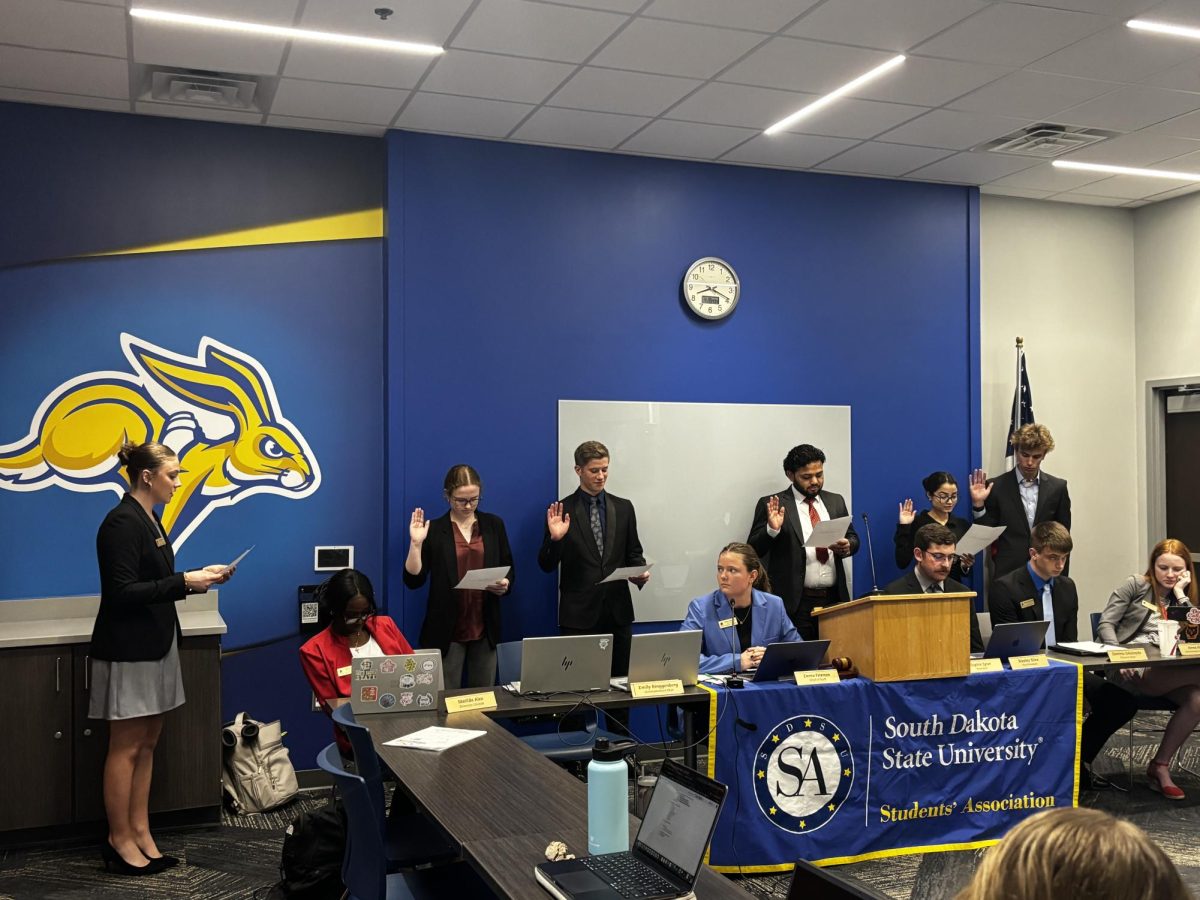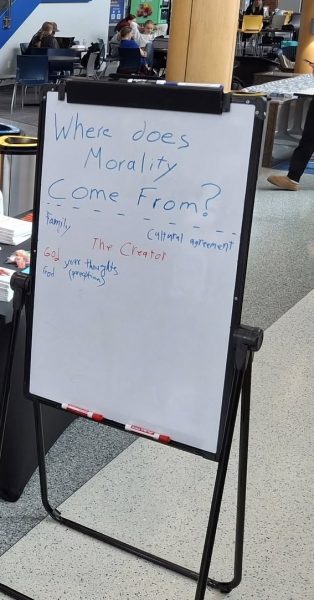Patriotism: it’s not as black and white as we think
December 10, 2001
Larry Rogers
Today it has been three months since the attack on the United States by the Al Quaida network. What have been the effects of that attack on the behavior of Americans? After all, the impact of the day was compared to that Dec. 7, 1941 as a watershed in our history. Initially, the shock of that day did cause us to alter some of our most deeply entrenched social habits. Church attendance in the United States rose sharply, displays of patriotic behavior and symbols increased, the mass entertainment industry seemed to shy away from unnecessary sensationalism and violence for a time and Americans seemed to pay much more attention to the news. It is becoming clear that some of those changes were temporary ones. Church attendance is largely back to pre-attack levels. The movie releases that were shelved will be with us soon. News-watching has declined. (Check out CNN’s audience statistics some time. After a brief, sharp spike upwards, the numbers are back below 750,000 people a day watching CNN, with greater declines forecast.)
One change, the display of patriotic symbols, has been widely accepted, though uneasily by some. My church’s council recently discussed where to place a flag that we had been given by a generous member. It had been suggested that we place the flag beside the altar and some feelings were hurt when we were unwilling to have a national symbol fill space devoted to religious ones. Weren’t we patriotic? Didn’t we care? During the baseball playoffs, very small American flags were inserted in the bags that mark the bases, leading to the odd image of watching someone slide into second over the flag. (There’s a faint trace of Billy Sunday in that image.) The singing of “God Bless America” became part of the seventh inning stretch, replacing “Take Me out to the Ball Game” in Chicago. What if the change left you uncomfortable? Weren’t you patriotic? Didn’t you care about the war against terrorism?
One longer-lasting change has been unfortunate, perhaps because it underlies the symbolic change just mentioned. That change is the increased tendency to oversimplify disagreements by reducing them to a choice between patriotism and the lack of patriotism. The tendency to frame issues in oppositional terms is deeply embedded in Western culture. It has represented an obstacle to thinking about problems for a long time. Frequently, it has contributed to the maintenance of problems. John Dewey, America’s most famous and least read educational philosopher, described this obstacle well more than 60 years ago. People, he said, prefer “to think in terms of extreme opposites.” It’s either this, or it’s that. You’re either one of us, or you’re one of them. You’re with me, or you’re against me.
Anyone who listened to the attorney general’s testimony before the Senate Judiciary Committee on Dec. 6 may have been struck by how bipolar the discourse was. The use of military tribunals was either absolutely necessary for our national survival or an unwarranted intrusion on civil liberties. The false oppositions were alive and well. Many of the rest of us (even veterans like me) were lost in the gap between them. It brought back memories of the 1960’s slogan: “America, love it or leave it.” There’d better be some intermediate choices, or at least recognition that love doesn’t eliminate the need for criticism or judgment.
E-mail comments to Professor Rogers at Larry_Rogers@sdstate.edu.





















